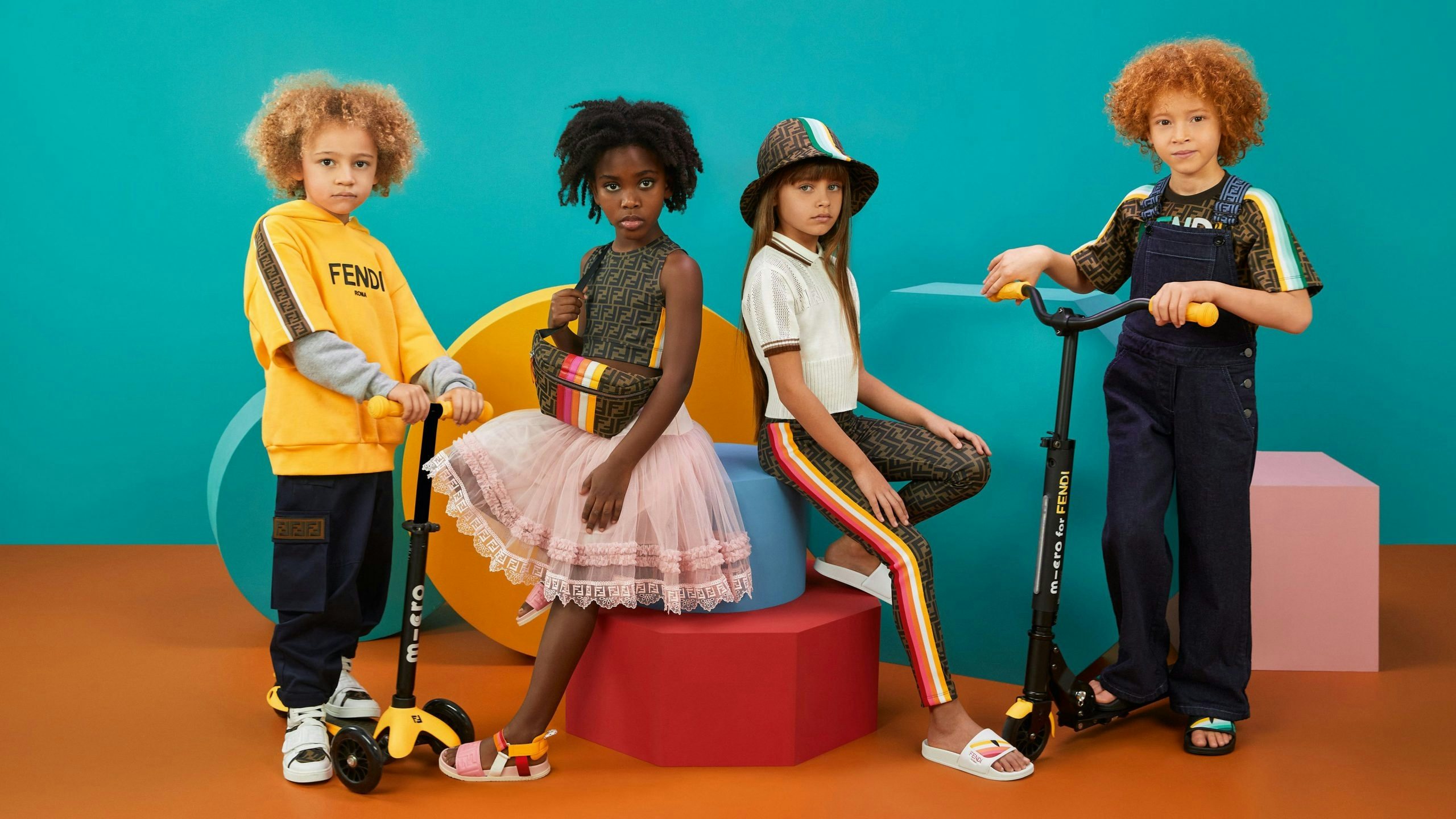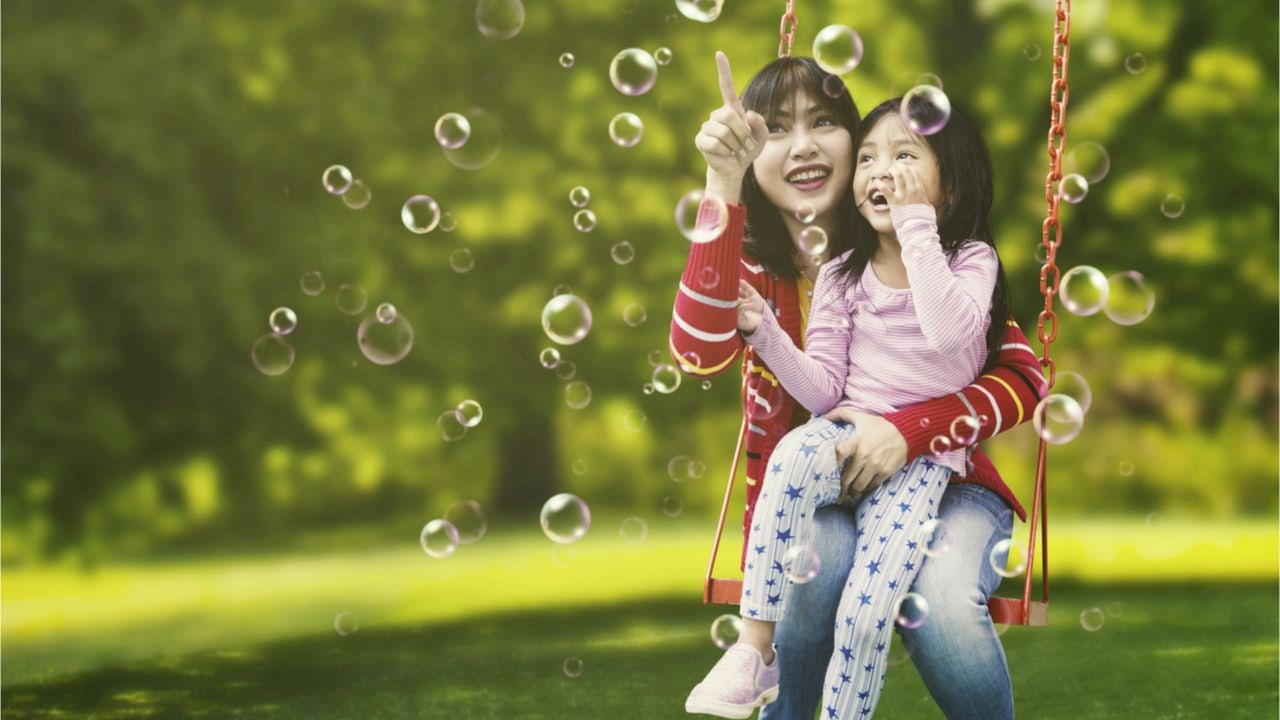Key Takeaways:#
Childrenswear outperformed womenswear and menswear during the latter half of 2020. The “BM Style” which has been on the rise in China recently may have impacted figures, as some smaller and petite adults are buying cheaper childrenswear.
Mom-and-children influencers and parenting bloggers have emerged in social platforms like Little Red Book and other online platforms. These include the likes of @superRenee with 700,000 to Diu Ma @和小丢在一起的每一天 who boasts two million devotees.
Subtle networking offline is vital for luxury brands. Birthday parties make connections with the parents in a way that transcends price point, to create privileged and exclusive experiences.
Fashion designer @superRenee has 700,000 fans online and is just one of China’s new mother-daughter influencers. Her fun and carefree account is awash with cute pictures and emojis of her impossibly adorable daughter Yuri. One video of Yuri has earned 57,000 views, which has made her mom, Renee, a leading niche influencer in China’s children sector.
Social media in China is now full of blogs, posts, and videos from Chinese parents and hot mammas like Renee offering style tips, brand choices, and advice. Childrenswear is now a serious part of Chinese parents’ social currency, and some see this sector as 骗你生二胎 or “the persuasion to have a second child.”
According to Euromonitor, the sector outperformed womenswear and menswear in 2019, reaching almost 37 billion, representing a year-on-year increase of 14.4 percent. After the opening of China’s two-child policy in 2016, data from the National Bureau of Statistics show that in 2019, there were around 250 million children under the age of 15 in China. Since then, a further 14.65 million babies were born.
Accounting for children under 16, the category — and much of everything else in China — suffered a rough start in 2020 due to the COVID-19 pandemic. However, the second half of 2020 saw a strong recovery. Luxury childrenswear makes up roughly 5 billion of the sector, mostly from parents in large and medium-sized cities who might even have two children. The “BM Style,” which has been on the rise in China, will have impacted figures, too, as some smaller adults may be bumping up sales figures.
Despite the impact of the pandemic, sales of children’s clothing were expected to grow in 2020 and may climb above 40 billion in 2021. Baby apparel has witnessed the fastest growth with a 17.2-percent increase, and the high-end market has been expanding quickly, too. Tmall International Maternal and Child Industry and CBNData jointly released the "2021 Tmall International Maternal, Child and Child Market Trend Report." It is estimated that China's maternal and child market will exceed 4 trillion in 2021.
Though China is currently bracing itself for a population decline beyond 2021, there is still a huge opportunity attributable to the increase in per capita spending on childrenswear from style conscious parents. Here, Jing Daily looks at how online platforms are shaping the sector, dominant local brands, and luxury gifting.
Online and KOL interventions#
Much like the rest of the world, there is a new attitude to parenting issues on Chinese social media. For example, a photo of Chinese actor Rayza Alimjan breastfeeding her daughter on set went viral recently. While it divided netizen opinion, the local media was more than supportive and JD.com unveiled Alimjan as its Maternal and Infant ambassador, tapping her five million Weibo followers. JD.com also invited celebrities like Xuan Liu and Liang Tian to join its recent baby carnival to talk about their parenting experiences.
Mother-child influencers and parenting bloggers have emerged on social platforms like Little Red Book, the aforementioned @superRenee are niche but others have bigger followings like KimNico, @那对夫妻 (one million fans) or Diu Ma @和小丢在一起的每一天 (two million devotees), whose posts are devoured.
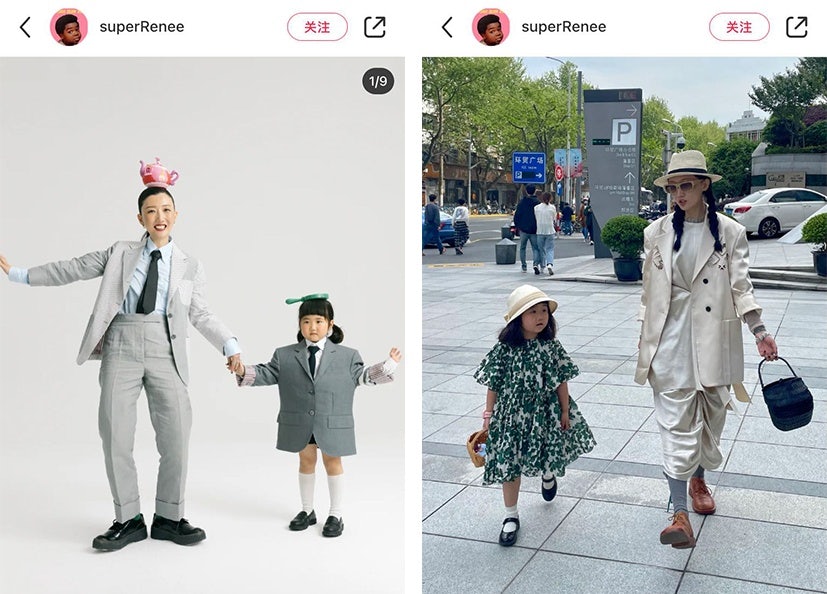
Many KOLs operate their own brands. Some like @SuperRenee run womenswear links, many of these parent bloggers have moved into childrenswear. Take the local brand Chenchenma, which has risen alongside the founder @CCM辰辰妈 who blogs about her daughter online. The brand featured in Tmall’s top-performing brands on Taobao and Tmall. @Luson妈 is a parenting blogger with an eponymous childrenswear line too who has bagged herself another one million followers.
The desire for particular styles worn by influencers and celebrities are being accelerated on social media too which has also impacted this market. This new generation of parents grew up in the internet age and are keen to follow celebrity “buying lists” for their children, too. Compared to the years 2017-2019, today's consumption trend for online children's clothing and internet celebrities in the same style has now increased 16 times — especially the Mini-Me matching trend.
Local dominators lead the way in retail innovation#
In China, Balabala is one of the biggest local kidswear brands in the market, topping Tmall. In fact, most leading children's companies are Chinese.
Recently, Balabala launched an extravagant runway show and exhibition at Shanghai Fashion Week. There it debuted its three-pronged collection in collaboration with different sectors: a co-branded domestic agency with China Mars Mission, a cultural tie-in with the Suzhou Museum, and a nod to luxury via fashion designer Jason Wu. The runway featured the young star Nan Nan (Jackson Yee’s younger brother, who has been gaining attention from the media and netizens alike after appearing in kid magazines such as Milkenfant).
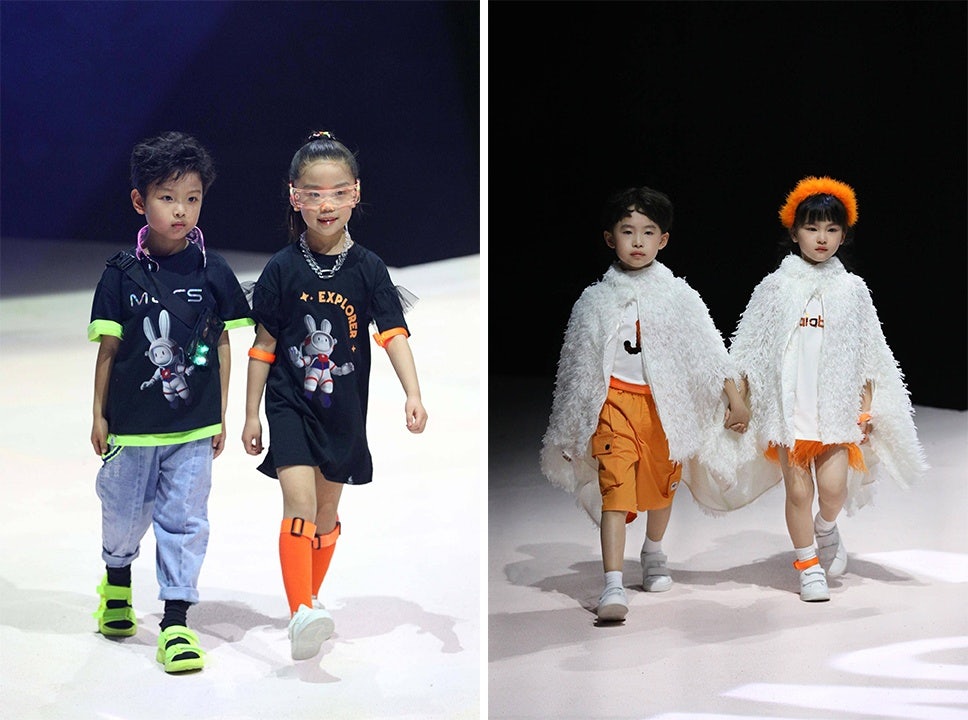
In an attempt to rail against typical children’s brick-and-mortar retail experience, 2020 saw Balabala add a new flagship store concept at the Wanda Plaza in Jiangsu Province’s Huishan. As many younger parents are more accustomed to buying children’s clothes online, offline stores need to work harder to entertain shoppers. In March, 20201, Wuhan Henglong department store opened three new kidswear stores: Alice Pi, Rolling Kids, bonbon et bonbon.
And while the post-lockdown landscape has fed family appetites for communities, amplified IRL entertainment, and tech-laced interactivity, Balabala’s store doesn't disappoint. Its “Young Zone” features footage from the brand’s fashion shows and campaign content. Meanwhile, its “Kids” area is dominated by the 360-degree installation, “Infinity Wardrobe.”
Luxury dominates gifting and offline experiences#
China's parents are known for spoiling their little princes and princesses, which extends to buying luxury clothing — despite their limited shelf life. Thom Browne recently debuted a children's line at his men’s calendar at Paris Fashion Week, indicating a strategic shift for the brand. It was well-received on Weibo. Meanwhile, names like Burberry and Dior have long dominated the sector.
According to mother of twins and art agency founder, Lang Xiao, it’s all about creating offline experiences. “I think for these super brands, the subtle networking offline is quite important. I was at a birthday party at Baby Dior recently and made connections with all the other mothers in a very special way. It’s not about a price point; it's about creating a privileged and exclusive experience,” she noted.
Moreover, when it comes to gifts for children, branded luxury names often top the trend, and here choices can be more obvious. “Gifting is very important in this sector, and that is where superbrands can excel,” Lang explained. And, while she prefers to dress her children in more low-key brands like the popular, chic French line Bonpoint, which is not branded, she will often receive gifts that are “more logo-heavy such as from Fendi.”
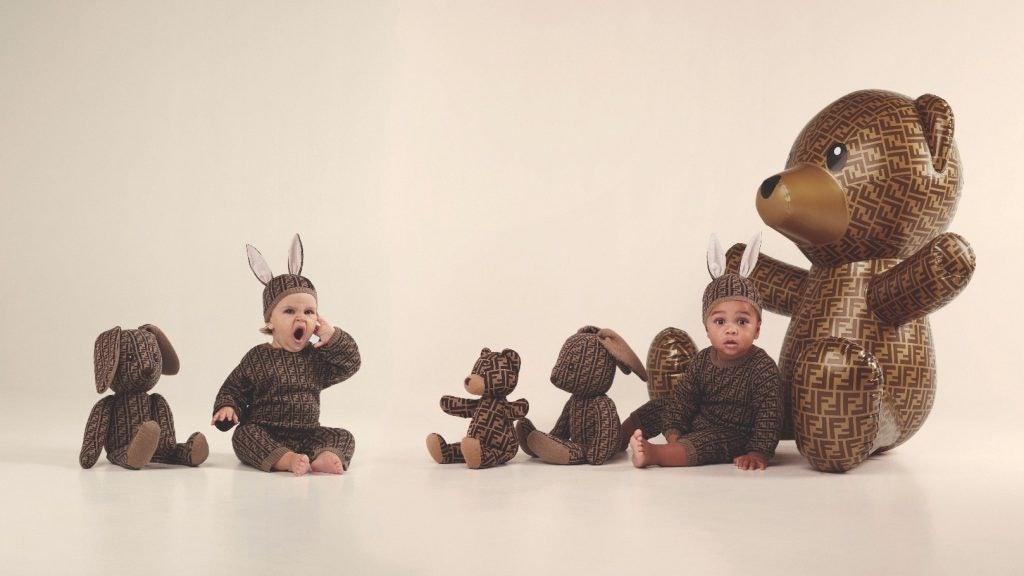
Luxury retailers are working with leading influencers in the sphere, too, such as Mytheresa, which has been stepping up its China offensive. It has leveraged fashion blogger Wan Wan@晚晚学姐, a mother of two children who has promoted nine popular kidswear brands on the platform to her three million followers. Apps are also popular for luxury names, and Lang mentioned Children’s Salon as a source for discounted super brands.
Where luxury is also making unexpected gains is with the many parents who have turned to daigou to purchase international brands not available in China, including the popular Japanese brand Miki House.
Meanwhile, the launch of a new luxury gender neutral kids’ section by retailer SSENSE featuring Balenciaga and Rick Owens, among others, will be shipping even more luxury names to mainland parents soon.
Finally, luxury brands who make strong connections among parental networks via kidswear can often reap the rewards of the halo effect for other product lines or offerings making this a vibrant and valuable market to capitalize on.
